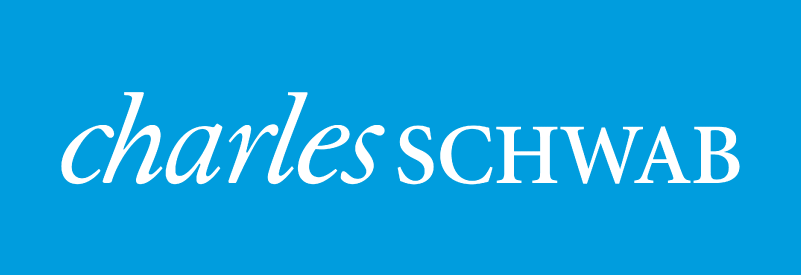August delivered robust U.S. equity returns concentrated in small cap and growth stocks. Non-U.S equities, particularly emerging markets struggled while bonds benefited from falling rates and tighter spreads. It seems the incremental shift in the U.S. economy from low inflation and moderate growth to moderate inflation and strong growth has taken hold while currency stresses and weaker economies overseas pose challenges. The S&P 500, NASDAQ, and Russell 2000 all notched new record highs as the MSCI World ex/U.S. index closed in on a 52 week low. Overall, U.S. fiscal policy remained very stimulative and fundamentals encouraging throughout the month. Key risk considerations include the liquidity backdrop, emerging market stress, inflation trajectory, trade conflicts, and upcoming midterms warranting a cautiously constructive outlook overall.
Market Anecdotes
- The S&P 500 posted a fifth consecutive positive month and is up 27 of the last 30 – a 90% success rate. This is meaningfully higher than the historical 62% success rate since 1962. Return and risk over this period of 20.1% and 7.7% dwarfs the historical average of 9.7% and 14.9%.
- Second quarter earnings season delivered 25% growth, strong forward guidance, and robust beat rates. Forward guidance, buoyed by tax cuts and growth, was more positive than any time in the past two decades and the 81% beat rate has only been surpassed one time (Q1 2007).
- Businesses flush with tax cut cash? 4Q17 (pre-cut) after tax profits were $1.817t while 2Q18 (post cut) after tax profits were $2.013t, a 10.8% increase annualized.
- Equity markets and corporations clearly aren’t worried about the POTUS trade conflicts, banking on either an eventual resolution or that the overall cost to the U.S. economy will be relatively negligible. A BIS paper estimated total costs of less than $100b combined across the U.S., Canadian, and Mexican economies with the majority falling to Canada and Mexico.
- Liquidity is fading. Fed balance sheet ($4.229t) has shrunk nearly $250b since balance sheet reductions began in October 2017. Additionally, the ECB announced that they will halve their QE purchases next month and end the program at the end of 2018.
- Emerging market currency turmoil has pulled EM equities into bear market territory (-20%) but contagion concerns have been limited to Turkey, Argentina, Brazil, Indonesia, and South Africa. European banks with loan exposure, particularly Spain, are watching closely.
- In Europe, Greece exited its third bailout program with a debt/GDP ratio of 190% and 4% annual emigration rate – not good prospects. Also, the official Brexit day of March 29, 2019 is fast approaching with a backdrop of infighting among Britain’s Conservative Party.
- Record bull market? There is debate as to whether the 90’s bull began at market bottom in ‘87 or after it clawed back those losses in ‘90. The current bull has lasted approximately 3,250 days (+324%) which, if you subscribe to the former, falls short of the 1987-2000 run which lasted 4,494 days. Regardless, we are double the length and strength of the average post WWII bulls.
Economic Release Highlights
- Death, taxes, and record-breaking jobs reports. August’s 201,000 jobs (3.9% unemployment) revealed 2.9% y/y wage growth, a level not seen since 2009. For the first time in history (since March) there are more people looking for work than there are jobs while jobless claims, 4-week average claims, and continuing jobless claims are all at or near 50-year lows.
- JOLTS data revealed rising quit rates which suggest job seeker confidence in seeking higher paying jobs which historically correlates to a more alarming level of wage growth (4.5%).
- August inflation readings, outside of labor costs, remained tame. Headline and core CPI registered 2.7% and 2.2% while PCE is manageable at 2.3% and 2.0%.
- August monthly retail sales increased 0.1%, missing expectations due to soft auto sales but July’s number was revised sharply higher and annual growth in retail sales is still a healthy 6.6%.
- Consumer confidence (133.4) and sentiment (96.2) measures are at or near multi-year highs and small business optimism has surged – indicating robust expected growth in consumer spending and business capital expenditures.
- August housing market releases showed declines in pending home sales (-0.7%), new home sales (-1.7%), and existing home sales (-0.7%) all confirming signs of a slowdown in housing.




Leave a Reply